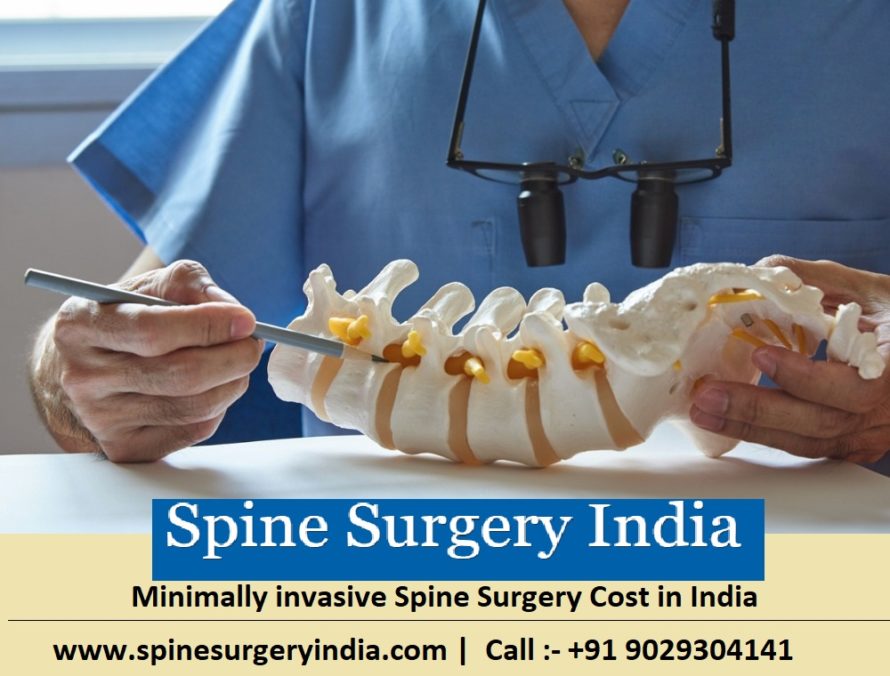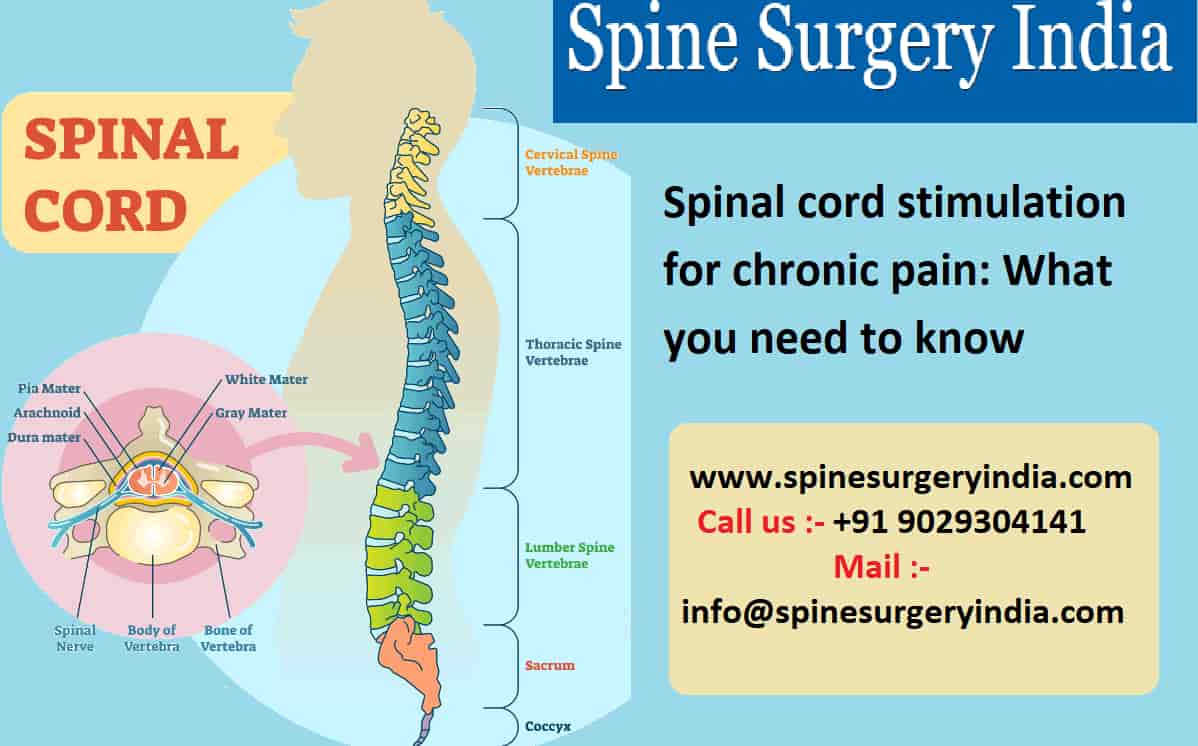
The estimated cost for minimally invasive spine procedures in India at the hospitals under Spine Surgery India will ranges between USD 6,000 to USD 9,000 including standard medications which is used for the procedure, however, if you compared the cost of minimally invasive spine surgery with the cost of other developed countries than you will find huge variation and also came to know that only India is a country which offers reasonable cost for minimally invasive spine surgery and that too at the hospitals under Spine Surgery India which is a leading medical tourism company and have tie-ups with best and renowned spine hospitals across India.
These are the hospitals which not only offer reasonable cost of the treatment but also the success rates are very high which is around 80 to 90% depending upon the condition of the patient. The high success rates at reasonable cost of the treatment have attracted many international patients and this is the reason that people across the globe in larger number travel India for their spinal treatments. We have highly qualified and trained spine surgeons who have experience of more than 25 years in treating the complex causes of the spine and allow the patient to live their life without any pain.
What is minimally invasive spine surgery in India? Why it is performed?
Minimally invasive spine surgery in India is an advanced and latest procedure which is useful to treat patient’s back and neck pain which occurs due to various spinal disorders. The following are some common conditions which can be treated by performing minimally invasive spine surgery in India and these are:
- Herniated disc
- Degenerative disc
- Spinal stenosis
- Scoliosis
The spine surgeon performs minimally invasive spine surgery especially for those patients who want to recover fast from the surgery, can’t bear excess pain and need only small cuts. This is a procedure which minimizes the damage made to soft tissue like the muscles at the surgery site. There are two major purposes for which the spine surgeons perform minimally invasive spine surgery and these are:
a) Decompression: By performing decompression the spine surgeons can take out the pressure off nerve roots and spinal cord. This pressure pinches the nerve roots due to which pain occurs and the purpose to perform spine surgery to relieve the pressure which reduces pain.
b) Stabilization: There are chances that patient experience pain because of the abnormal movement of the spinal mobile segment. If this is the condition, then the spine surgery is performed to stabilize the patient’s spine which means a fusion and this will be performed with instrumentation.
Candidates for minimally invasive spine surgery
Generally, this is a procedure for the people who are suffering from pain, numbness or weakness in their lower part and all the non-surgical treatments are failed to provide relief from pain. In such cases, the spine surgeon will recommend having x-rays, CT scan, MRI which confirm the patient is dealing with a bulging disc and the same will be corrected by performing minimally invasive spine surgery.
This is a procedure which is usually performed in case of a herniated disc which is an emergency condition or where there is a risk of increasing paralysis.
Procedure to perform minimally invasive spine surgery in India
The following are the steps to perform the minimally invasive spine surgery in India and these are:
- The spine surgeon will perform the minimally invasive spine surgery under general or regional anesthesia.
- With the help of tubular retractor, the spine surgeon will perform this procedure.
- While performing minimally invasive spine procedure, the surgeon will make a small incision in the skin through which he/she will insert the tubular retractor which creates a tunnel in the affected area of the spine.
- The spine surgeon uses the tubular retractor so that it will hold the muscles opened throughout the procedure.
- The spine surgeons will then make use of a small instrument which can be fit at the center of the tubular retractor to access the patient’s spine.
- With the help of tubular retractor, the spine surgeon can remove any bone or disc material and they can also insert any device such as screw, plates, and rods with the tubular retractor.
- To see where the surgeon needs to place incision and insert the retractor they perform Fluoroscopy and endoscopy.
- Once the procedure is completed, the spine surgeon will remove the tubular retractor and the muscles will return to their normal position without making damage to the muscles.
- Lastly, the spine surgeon will close the incision and cover it with a bandage.
Recovery after a minimally invasive spine surgery procedure
Recovery after the surgery is depending upon the individual’s body, the type of surgery you had and on your general health condition. Within a few weeks of the surgery, it has seemed that a patient’s return to their normal activities, but with few limitations. Your surgeon will recommend you some physical exercises and also the hospitals under Spine Surgery India will assign a physiotherapist who teaches you some therapies to regain your muscle strength and recover fast from the surgery. Your surgeon will advise you to avoid lifting heavy objects and suggest you wear braces around your back which provides you comfort while standing, walking, etc. The full recovery will take around 4 to 6 weeks. Sometimes you may experience pain or discomfort which can be relieved by pain killer medications to reduce pain during your healing process.
Benefits and risks of minimally invasive spine surgery
- Benefits
Benefits of the minimally invasive spine surgery are as follows:
- Shorter stay in hospital
- Less blood loss
- Reduce the risk of infection
- Require small incisions
- Fast recovery and return to normal activities quickly
- Reduced post-operative pain
- Risks
Risks of minimally invasive spine surgery are as follows:
- Experience pain at the surgery site
- Bleeding
- Blood clots
- Some people experience the recurrence of the symptoms
- An infection which can be relieved by antibiotics
- Injury to nerves or blood vessels
Related posts
May01
Sep01
Nov07
Sep26



















